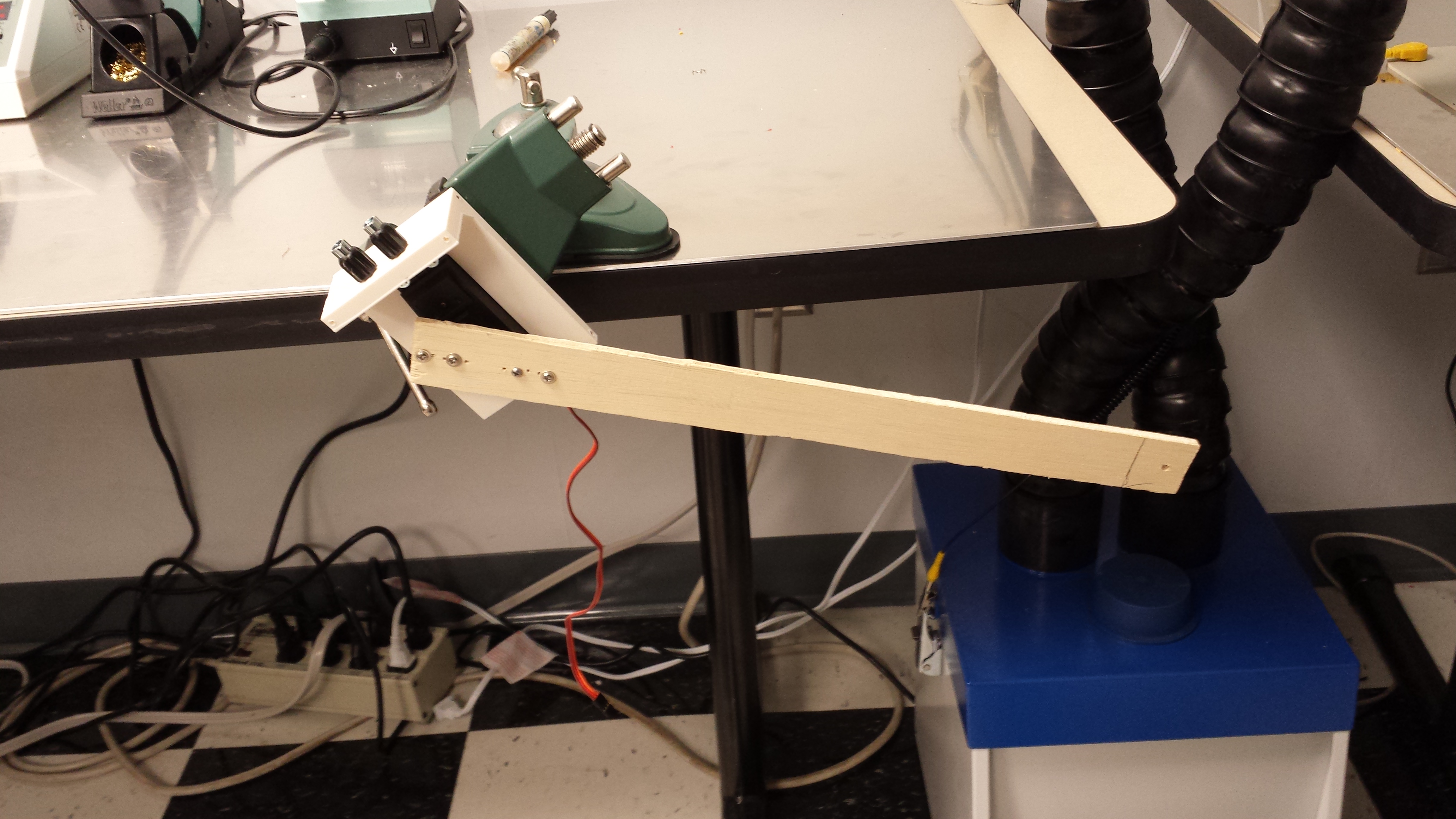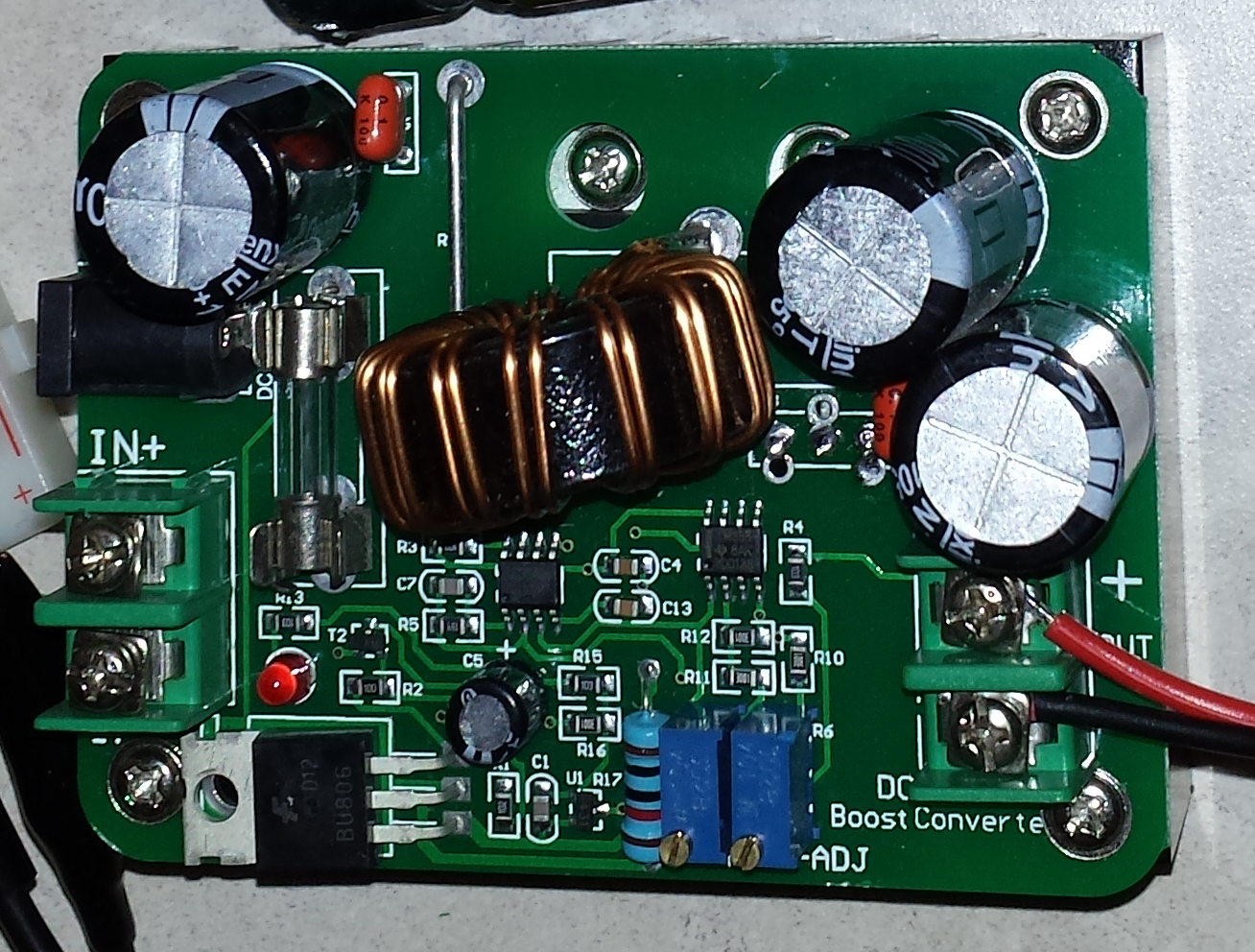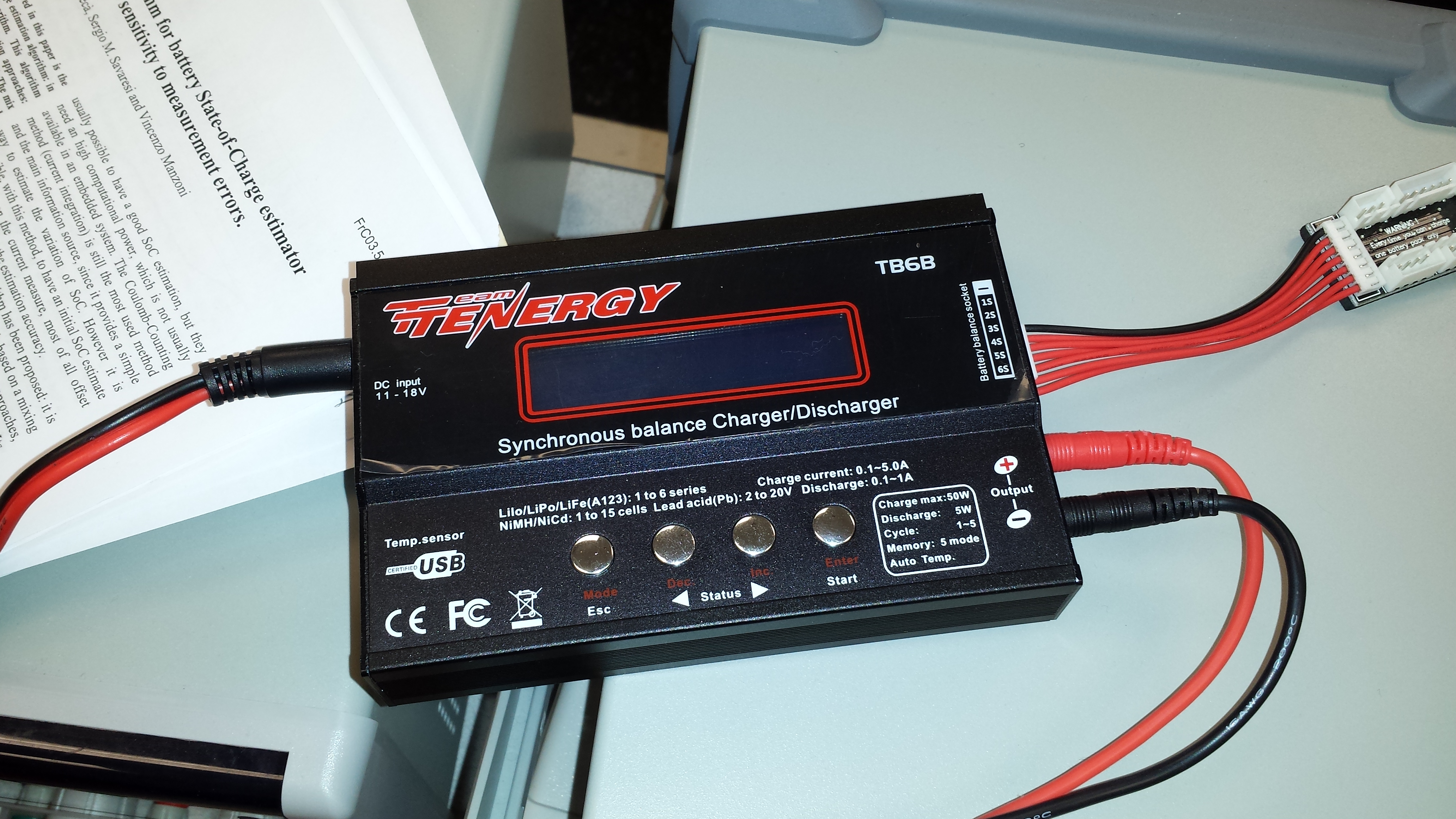We performed a strength test with the 40Kg*cm servo with 55rpm shown below.

After performing the strength test, the maximum amount of weight that the servo could handle at 26cm was 2 pounds. We realized that this servo was incapable of carrying an arm, therefore we decided to upgrade our servo motor. This was a very inefficient servo, also noting the high amount of current (9A stall current) used to carry relatively small weight.
Therefore, we decided to purchase a much more powerful servo motor. The new servo motor is shown below.

The specs for the servo are shown below:
Price: $100
Voltage: 12Vdc ~ 24Vdc
Maximum current: 6.8A
No-load current: <500mA
Max torque: 320kg.cm(24v) ; 160kg.cm(12v)
No-load speed: 46 rev / min 12V ; 92rev / min @ 24V
Rotation angle: 180 ° (can be customized)
The input signal pulse width: 0.5 ~ 2.5ms
Dead time: 4us
Weight: 530g
Gear Material: Steel
Dimensions: 95.5mm X 60.5mm X 102.6mm
As compared to the previous servo, this servo is much more efficient in terms for current usage and the amount of torque it can produce. Through this information, we purchased a 14.8V – 5AH lithium polymer battery and charger to use with this servo. The battery is shown below.

In order to produce the maximum torque allowed on the servo, we purchased a 600W boost converter. The converter is shown below.

This converter allows us to convert the 14.8V to 24V. In order to provide a higher voltage, the input current must be increased. Therefore to satisfy this servo’s maximum current (6.8A) the equation is as follows:
P1 = P2
P1 = VI
P1 = (24V)*(6.8A)
P1 = 163.2W
163.2W = (14.8V)*I
I = (163.2W)/(14.8V)
I = 11.027A
Therefore, the maximum current that the battery will use at any given point from the servo is 11.027A. Although, the power usage is much higher than the previous servo, the amount of weight it can handle is much higher.
The average forearm length is 26cm and the servo can handle a maximum of 320Kgcm, therefore since:
Torque = F*d
320Kg*cm = F*26cm
F = (320Kg*cm)/(26cm)
F = 12.3Kg * 9.81 m/s^2
F = 120.663N
Or in otherwords, the servo can carry up to 12.3Kg (27 pounds) at a forearm’s length of 26cm.
Also, we purchased relays to switch on/off the power, controlled through the microcontroller. The relays are shown below.



Recent Comments